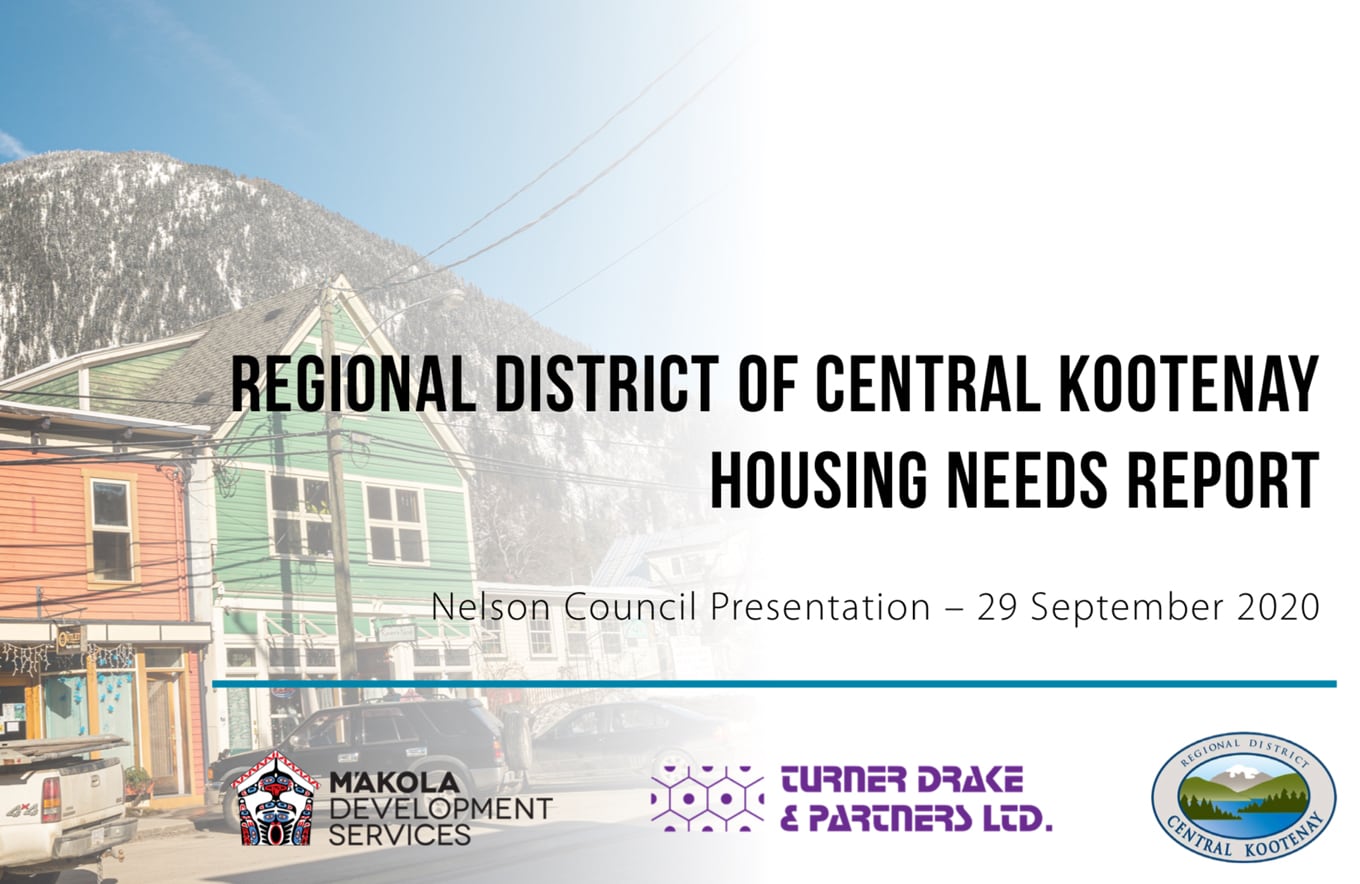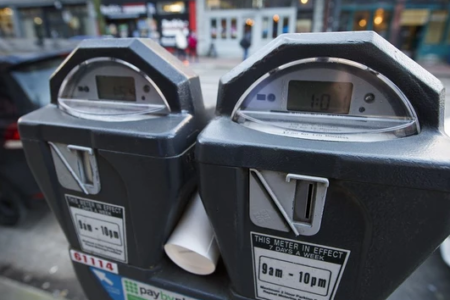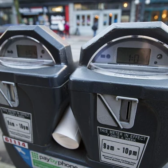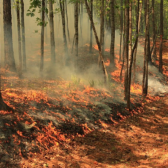Picture of housing needs in Nelson painted gray in new assessment report
One in seven renters in Nelson is one unexpected expense away from homelessness, noted a new report on housing in the Heritage city and across the region.
Entitled the Regional Housing Needs Assessment Report, M’akola Development Services — engaged by the regional district — recently completed the report and Sandy Mackay from M’akola presented some of its information to city council in Nelson with regard to the report and its findings.
Housing affordability
Core housing needs in 2016 are measured by how many households are spending more than 30 per cent of before tax income on shelter, and have no reasonably affordable alternative.
Extreme need is if before-tax income spent of shelter is more than 50 per cent of income.
- 16.3 per cent of Nelson households are in core housing need, with 30.7 per cent of renters in that category and 7.7 per cent of homeowners;
- 8.2 per cent of RDCK households are in the extreme core housing need category, with 15.3 per cent of renters and four per cent of homeowners.
This is a decrease in rates from 2006, but will likely increase in the next Census given the price trends since 2016, said
Around 46 per cent of renter respondents to the survey indicated they were considering moving out of their community due to housing issues, he said, while 22 per cent of all survey respondents were considering moving out of Nelson due to housing issues.
This highlighted a need for more dedicated, affordable and appropriate rental options, as well as more non-market housing and supports for older residents that were closer to services.
— Source: Regional Housing Needs Assessment Report
Mackay said the rental prices presented for Nelson by Canada Mortgage and Housing Corp. were under estimated by up to 50 per cent, with a one bedroom apartment listed at $1,100, under representing the market and hiding a trend.
“The one thing that has immerged in your area and across the region is that rental housing is becoming increasingly expensive and harder to find,” he said.
Median rents (with inflation removed) were generally stable until 2016. But prices have escalated in more recent years, and the vacancy rate is low (less than one per cent).
“So your rental rates are incredibly low,” Mackay said, adding that Nelson was around .4 per cent, with a healthy market at seven per cent.
The need for rental units is increasing across all age cohorts, especially families, households with young children, and in younger parent families — 35 to 50 range — he said.
“Anyone living in Nelson will understand this implicitly, the population of Nelson is aging and it is growing,” Mackay said.
By 2025 the city will have a population of 11,910, 26 per cent of whom will be over the age of 65.
Growth is occurring but household size is declining as well, something you see with an aging population, Mackay explained.
“(This) means a growth rate in demand for homes will exceed population growth rate,” he said.
There will be an increase of 13 per cent in demand for homes over the next year.
The gap between renter and homeowner was wide in Nelson, said Mackay, with rental household income at $36,647 while owner household median income was $68,896.
“That gap means you are seeing more and more renters in your community and renters are less and less likely to be able to meet their needs because their incomes are low and housing is becoming more expensive,” he said.
“One of the big things is seeing people moving further away from services and having to travel in because of cost of rent.”
Challenges for renters
- Concern that people are being pushed out of expensive markets;
- Increased “hidden homelessness,” with increased usage at food banks;
- People renting further away from services and commuting further; and
- Accessing housing is more difficult for everyone, not just equity-seeking groups.
The findings highlighted the need for non-market housing that was affordable in perpetuity, said Mackay, something that was referred to as secured affordable housing.
The report also underlined the need for increased funding from senior government and for more non-profit housing.
But “determining how to meet housing needs is up to the local or regional government and their partners,” Mackay said in his report, noting there was a “broad consensus and a willingness to act across the region.”
Ways forward
- Supported housing as an allowed use in all zones;
- Land acquisition and disposal strategy;
- Prioritize non-profit development applications; and
- Explore CAC units/management authority/partnership agreements.
The regional district undertook the regional housing needs assessment in collaboration with the eight of its member municipalities (Nelson, Salmo, Creston, Kaslo, Nakusp, Silverton, Slocan and New Denver) and 11 rural electoral areas.
The purpose of the report was to describe current and anticipated housing needs in a community by collecting data and analyzing trends to better inform and understand the kind of housing most needed.
The city contributed $17,500 to the assessment, which was funded from the Affordable Housing Reserve Fund. The regional district’s proposed project costs were budgeted at $147,572 and funding was received from the UBCM in the amount of $150,000.
Government requirement
The development of a Housing Needs Assessment became a requirement under the Local Government (Housing Needs Reports) Amendment Act, 2018, which requires local government bodies to develop a housing needs report every five years.
These reports are required to contain the following, based on an analysis of the information collected:
- Statements about key areas of local need, including: affordable housing, rental housing, special needs housing, seniors housing, family housing, and shelters and housing for people at risk of homelessness;
- The number of housing units required to meet current and anticipated housing needs for at least the next five years, by housing type; and
- The number and percentage of households in core housing need and extreme core housing need.
— Source: City of Nelson staff



























